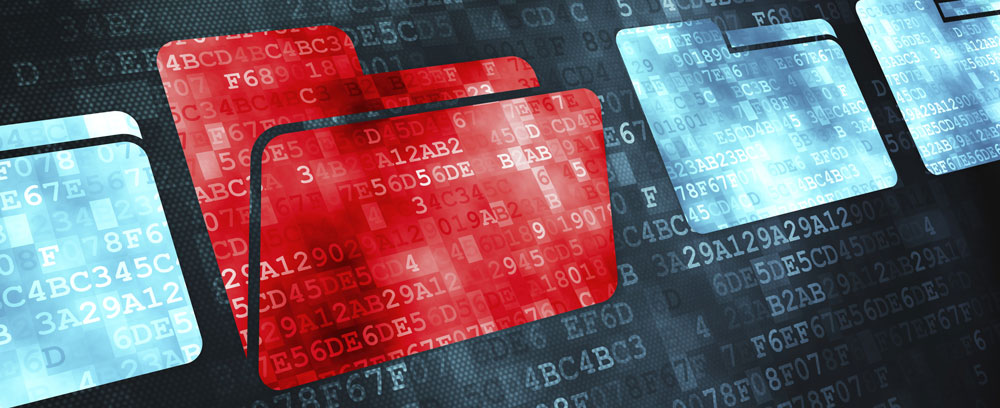Archives can offer reliable evidence of previous documents from an individual, a community, an institution, or even a nation. With the passing of time, archives will become time capsules with former memories, helping the next generation have a better understanding of what happened before. (See the detailed definition)
With the swift changes in the Internet era nowadays, both the archives and archivist have transformed their role to a digital style. Digital archives may break the boundary of physical storage, and prolong the life of archives, which is meaningful for the aspect of preservation.
“A digital archive is similar in purpose to a physical archive, but the historical documents and objects have been digitized (often by scanning or photography, unless a document was created digitally in the first place) and made available online.
Previously, I held the stereotype that digital curation only refers to digitize the archives and preserve the materials online, after researching I found a broader definition of that. it seems to be in a dynamic state covering larger range, in which additional data will be enrolled into archives continuously, instead of holding the existing data only.
“Digital curation involves maintaining, preserving and adding value to digital research data throughout its lifecycle.”
Digital curation is much more than digitalizing the archives or collections. With the development of technologies nowadays, digital archives generated from social media can be able to provide valuable resources for academic use. In the following post I will mainly focus on how researchers make a use of digital archives on Chinese social media, which is different from the methods used in museums and galleries.
